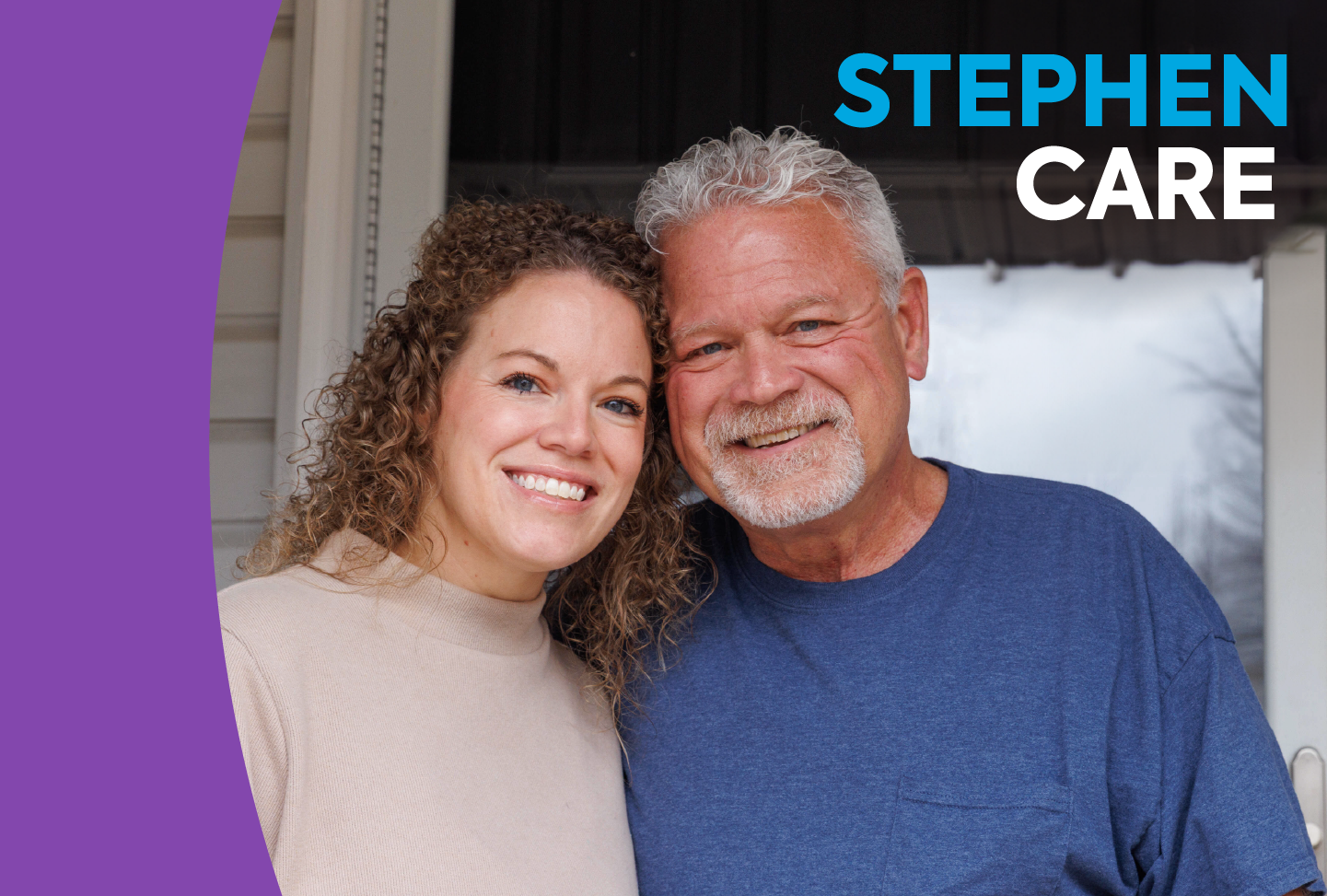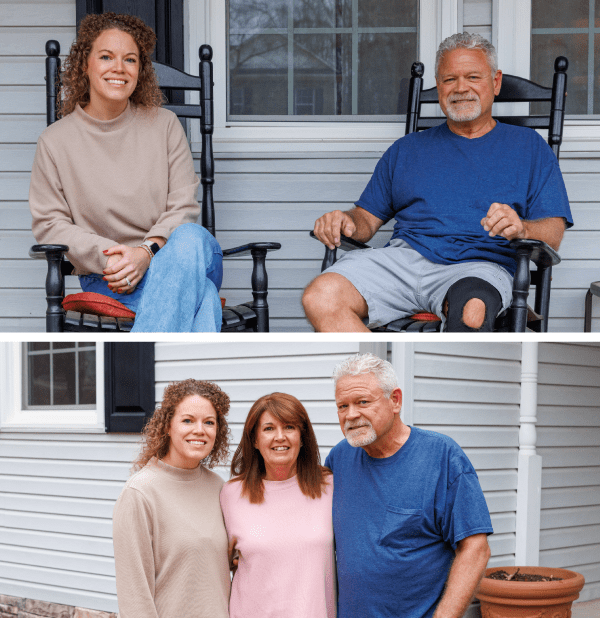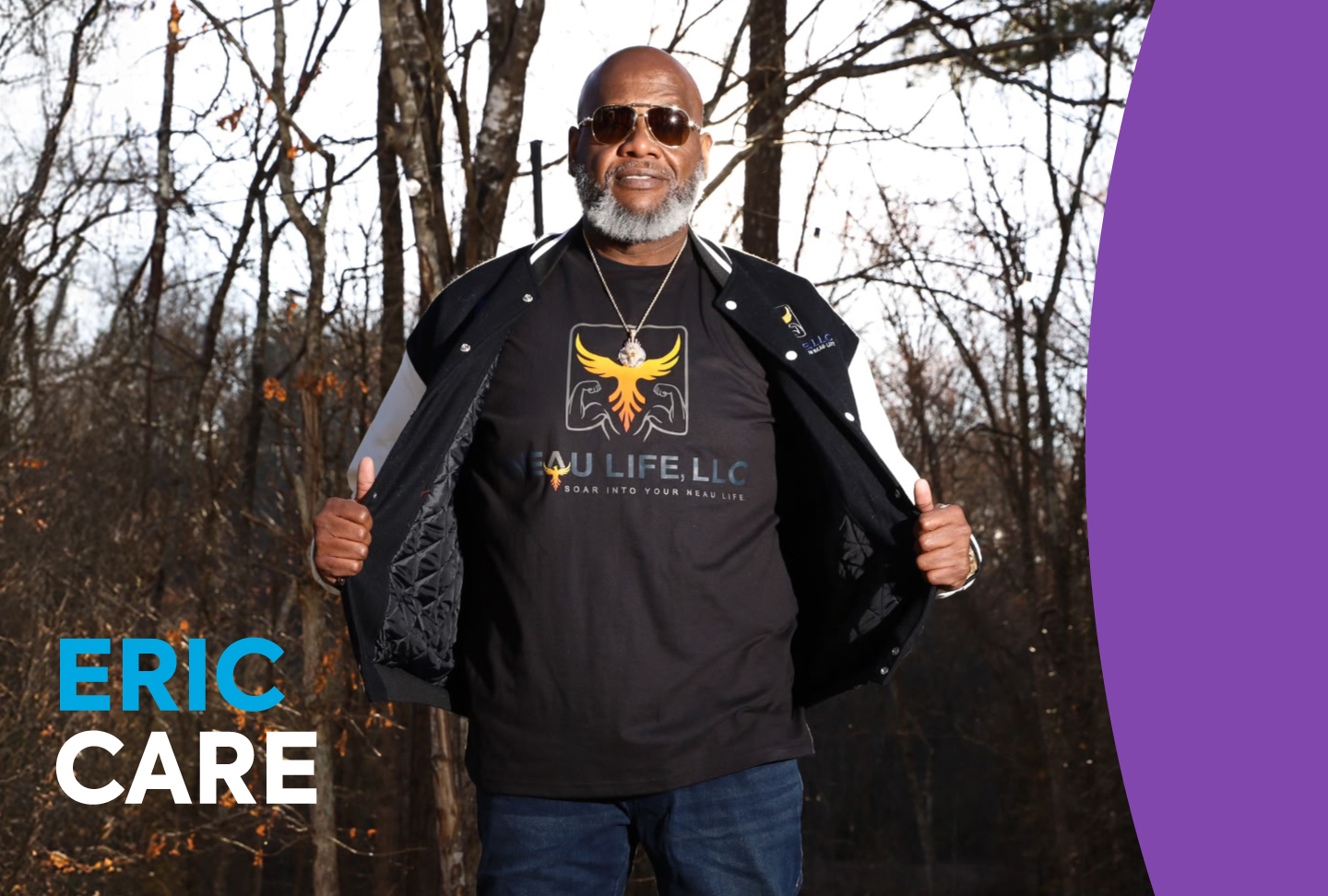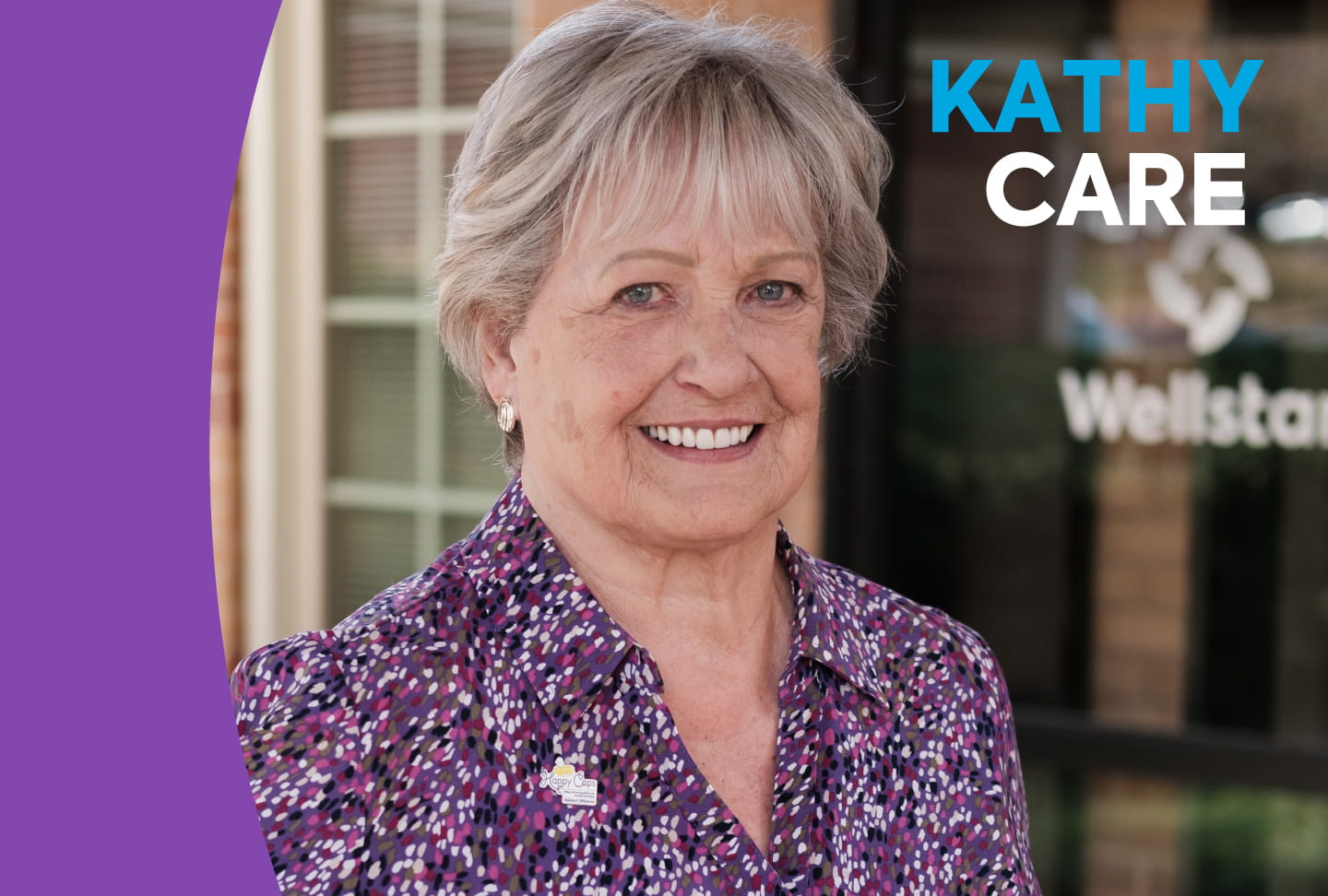A well-oiled trauma care machine
At Wellstar Kennestone, the
trauma team was ready and waiting when the helicopter landed. “Everything was just so fast,” Stephen recalled.
Dr. Mark Esshaki, a surgical critical care specialist on the trauma team, explained, “Typically some of our ER staff meet up there so we can have a quick transition. The quicker we can get things done, the better it is for the patients.”
He assessed Stephen to make sure he had no other life-threatening injuries. Then, from Stephen’s full body CT scan, he verified he had a cervical fracture.
“Most people who come in with this type of injury and symptoms and lack of movement ability, they don't usually end up walking again,” Dr. Esshaki said.
He quickly coordinated with the
neurosurgery team and rushed Stephen into surgery.
“When you have a
Level I Trauma Center like Wellstar Kennestone, you have 24/7 in-house trauma coverage to evaluate and get the necessary teams, like neurosurgery, involved on short notice,” Dr. Esshaki said. “Trauma is really a team effort. Everybody has to do their part to make sure things go smoothly, and Wellstar Kennestone does a really good job at that.”
The most severe spinal injury
“Mr. Nowlin had the most severe type of spinal injury—a complete spinal cord injury between C4 and C5—the middle portion of the cervical spinal cord,” said
Dr. Phillip Parry, medical director for Spine Surgery at Wellstar. “Mr. Nowlin's capabilities of being able to use his arms and legs were non-existent.”
Additionally, Stephen’s CT scan revealed more bad news. His injury had launched a process in the body called ossification of the posterior longitudinal ligaments (OPLL). That’s when soft tissues in the neck that allow the head to turn become rigid bone.
“This added complexity to his already devastating injury,” Dr. Parry explained.
Statistically, Stephen was not likely to make a full recovery. His family was told that the priority was ensuring Stephen could breathe on his own.
Meanwhile, news of Stephen’s ordeal had spread. His wife, Robbin, and Hannah were among 30 friends and family members in the waiting room.
A self-proclaimed realist, Hannah began mentally preparing and planning for the possibility that her dad may never walk, or even move, again.
Surgeons and nurses prepare the way for healing
Stephen’s surgery team worked fast to realign his spine and remove the bony elements to allow room for swelling. Then using titanium rods and screws, Dr. Parry stabilized the fracture to allow for healing.
“I was optimistic that he would be able to come off the ventilator and regain some use of his thumbs or index finger,” Dr. Parry said. “But beyond that, it would be miraculous for him to make a complete recovery.”
A few hours later, Stephen wiggled his toe, giving Hannah, Stephen and Robbin a first glimpse of hope.
Stephen spent 10 days in the neuro intensive care unit and he remembers the kindness of his team, including a nursing technician named Denise, who was a "ray of sunshine every day.” He said she went above and beyond to make sure he was cared for.
“Ashley, my nurse, she was there the day they pulled that dang ventilator out. So I told her, ‘You're my favorite,’” he laughed.
A miraculous recovery & gratitude
A few days after surgery, Stephen got another dose of hope from
Dr. William Benedict, a neurosurgeon on his care team. "He told me I would be walking in a year with a cane," Stephen said.
Dr. Benedict helped Stephen get accepted into an aggressive spinal cord injury rehabilitation program, and Stephen was walking in three months.
“I'm not supposed to be walking, but I am,” he said, as he navigated his back yard, preparing for his next gathering with friends. “I recommend Wellstar Kennestone to everybody I talk to. I'd be your billboard guy. I wouldn't be here if it wasn't for Wellstar."
He also cherishes the support of his community and first responders, including Hannah and her team, who rallied around him during his recovery.
In terms of what’s next, Stephen has a new perspective on life. ‘Don't put things off,’ he said. “Nobody's guaranteed tomorrow.”
Soon after he returned home from the hospital, he started a construction company with a friend—and started planning a trip to Hawaii with Robbin.
“I think Mr. Nowlin being able to use his arms and legs is a real testament to the emergency medical system and the Level I Trauma Center surgery services offered here at Wellstar Kennestone,” Dr. Parry observed. “I'm oftentimes meeting perfect strangers on the worst day of their life. You don't get to choose who your surgeon is, but you can rest assured that the surgical services for traumatic spine injuries here at Wellstar Kennestone are world-class.”
Wellstar: where first responders take family
As for Hannah, she’s thankful she can offer patients a new kind of comfort on her flights.
“I say, ‘I even flew my own dad to Wellstar Kennestone. The level of care couldn’t have been better. That is where I think you should go.’”
Learn more about the high level of Trauma Care and Neuro Care at Wellstar.





